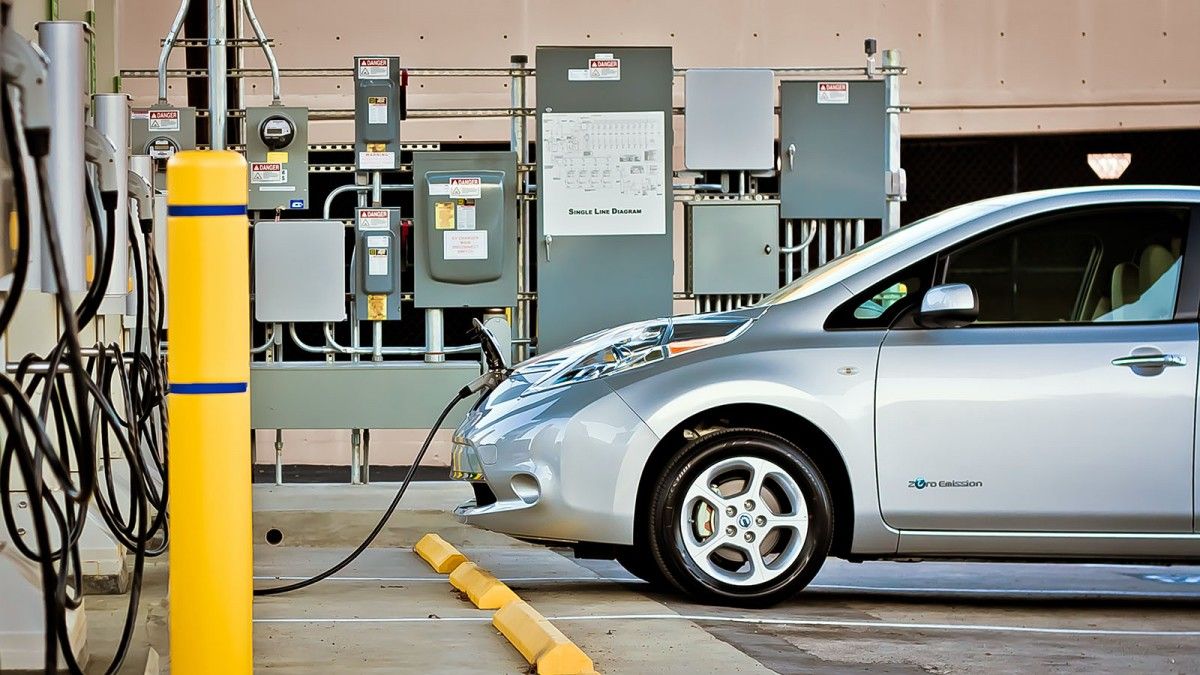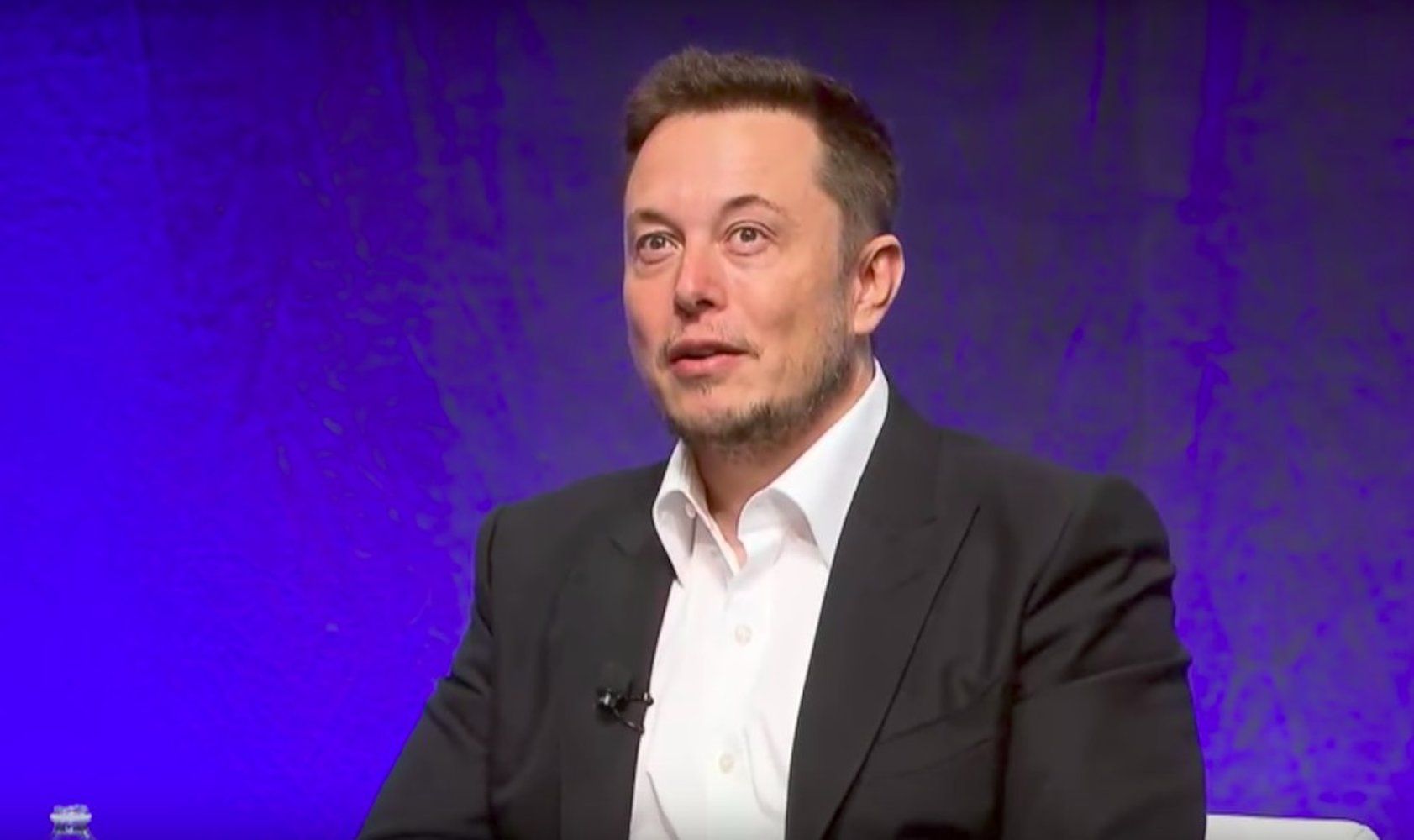This is how you really get an industry to change its ways. Bloomberg reports that China’s government has announced that any automaker producing or importing more than 30,000 cars in China must ensure 10 percent of them are all-electric, plug-in hybrid, or hydrogen-powered by 2019. That number will rise to 12 percent in 2020.
In fact, the new regulations are actually more lenient than drafts of the rules had suggested: they scrap a 2018 introduction to give manufacturers more time to prepare, and will also excuse failure to meet the quota in the first year. So, really, the 12 percent target in 2020 is the first enforceable number.
That still doesn’t make it very easy, as the Wall Street Journal notes (paywall). Domestic automakers already make plenty of electric cars (largely at the government’s behest), which means that they should be able to meet the numbers, but Western firms will find it harder. In preparation, some have actually set up partnerships with Chinese companies to help them build electric vehicles in time.






